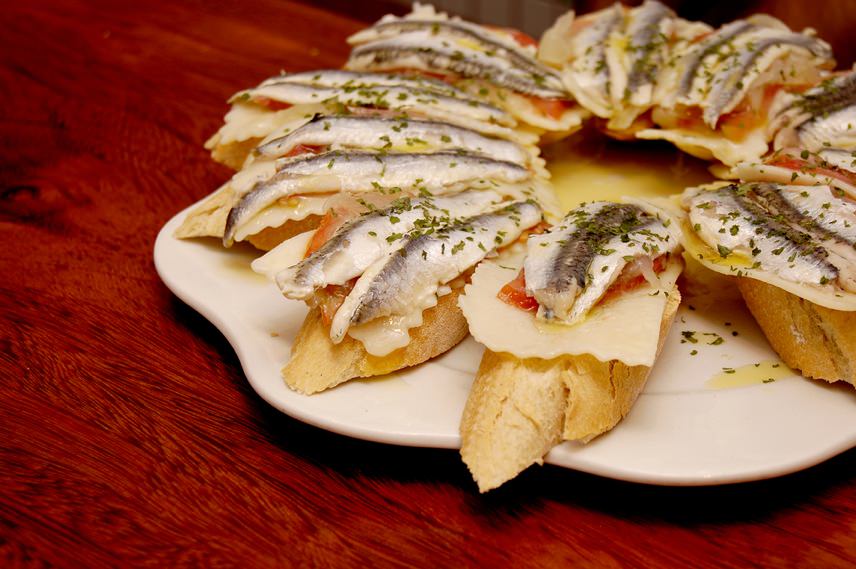
Tapas in Spain
One of the great pleasures of traveling in Spain lies in sampling the myriad flavors of Spanish tapas. Not only do these small snacks provide a delicious culinary experience; they also offer a taste of the rich history and cultural diversity of Spain. Here’s a quick guide to tasty tapas…
A bite-sized history
There are many myths and fables surrounding the origin of tapas – not least those attributed to the Spanish kings, but the truth is an interesting tale too. The first ‘tapas’ (or ‘covers’ in English) were slices of bread or meat, used by tavern regulars in Andalusia to prevent fruit flies from dropping into their sweet sherries. These salty drink-lids, particularly ham and chorizo, also helped ensure patrons drank more – a fact noted by bartenders, who began to make more elaborate sherry-side snacks to ensure the drink orders kept coming in.
Types of tapas
Today, tapas dishes come in all shapes and sizes. They can be cold or hot, deep-fried or slow-cooked, meat-filled or meat-free. However, most conform to the general characteristics of being savory, often flavored or served with garlic, salt, paprika and olive oil, and light enough to enjoy with red wine or beer or as part of a larger meal. Popular tapas dishes in Andalusia include aceitunas (anchovy-stuffed olives), patatas bravas (fried potatoes in a spicy tomato sauce), chorizo al vino (Spanish sausage in red wine) and calamares (rings of battered squid).
Regional variations
However, although Andalusia is the original home of tapas, it can now be found everywhere from Badajoz to Barcelona, and often with some local twists. In Catalonia, for example, you’ll find that most tapas is served with allioli, a delicious mix of oil and garlic, while one tapa dish almost exclusive to La Mancha is queso con anchoas (cured Manchego cheese topped with anchovies). And in the Basque Country they have their own varieties of tapas called pintxos; slices of meat, seafood or vegetables skewered with a toothpick – often to a piece of bread.
Tapas has also gained regional variations all around the world, whether its the unique bocas of South and Central America or the Asian-influenced servings of the tapas bars in Shanghai.
How to taste tapas
People across Spain regularly eat tapas – and they usually do this one of two ways. They will either take part in a bar crawl, in which they enjoy one tapa in a number of different bars, or they will stay in one bar and order several tapas to make a full meal. Large groups will often order meal-sized portions of tapas (ración) for them all to share, as it is a good money-saver – although if you find the right place, you may discover the tapas comes free with the drinks!
Although there are exceptional tapas bars all across the country, there is still nowhere better to go for tapas than Andalusia – and especially Seville. So the next time you’re in the city and feeling hungry, take a pit-stop in a local tapas bar for a real, flavor-filled taste of Spanish life.
Try Pintxos in San Sebastian
For a cooking and eating tour of one of Spain’s best foodie destinations, including the chance to try pintxos (Basque Country tapas), join Best in Spain’s gastronomic tour of San Sebastian.
Tapas: A tale of two kings?
Spanish folklore tells two contradictory regal tales of how tapas came to be…
– When King Alfonso X was suffering from a serious illness, doctors advised him to eat small bites of food along with sips of wine. The king soon recovered and declared that, throughout Castille, any glass of wine or beer served had to be accompanied by a small portion of food.
– In the early 1900s, King Alfonso XII stopped at a seaside tavern for a sherry. As sand often blew in from the beach, the waiter used a slice of cured ham to cover the king’s cup, telling him it was a tapa (cover). From then on, the king always ordered his sherry “with the cover”.




